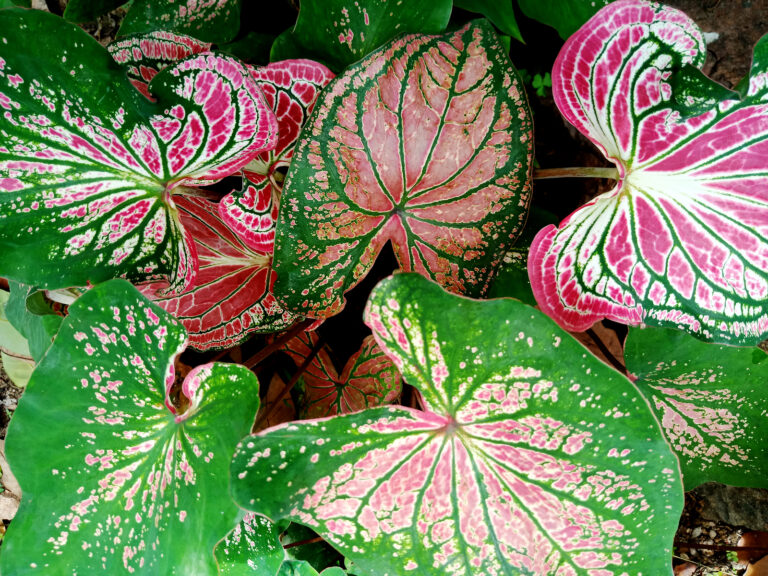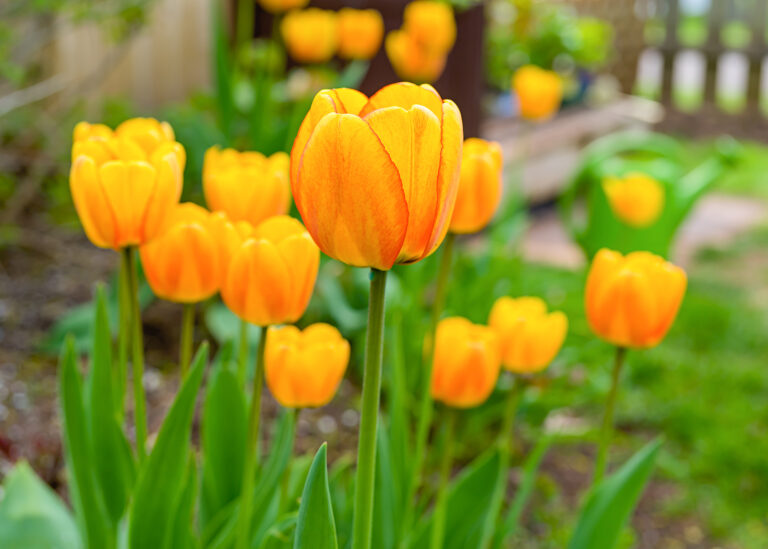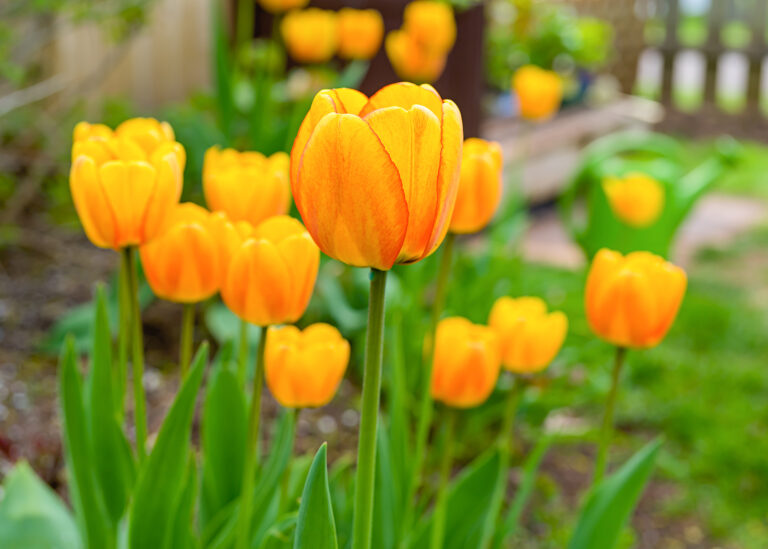How to Grow Hyacinth — Hyacinthus
Hyacinth is a spring-flowering bulb with linear bright green leaves and spikes of highly scented bell-shaped flowers in a wide range of colors, including white, yellow, pink, red, and orange. Plant the bulbs in fall at the front of a bed or in pots.
Hyacinth is the common name for a small genus of bulbous plants the chief of which is Hyacinthus orientalis, a native of Asia Minor, from which most of the present-day hyacinths for outdoor and indoor use have descended.
With large trusses of perfectly shaped flowers in white, occasionally yellow, and many tones of red, purple, and blue, hyacinths provide a distinctive type of sturdy, formal beauty in the spring garden. As a house plant, they are easy to force in late winter and early spring when their bright colors are truly welcome–notwithstanding the sweet, at times, almost overpowering fragrance.
Hyacinths are available in the fall months and should be planted as early as possible to permit root development before the ground gets cold. Prepare the soil by spading and enriching with aged compost then plant the bulbs 6 inches (15cm) deep and 9 inches (22cm) apart.
In the spring trusses can be picked for use as cut flowers without damage to the bulb, but the foliage must remain and be allowed to die down naturally.
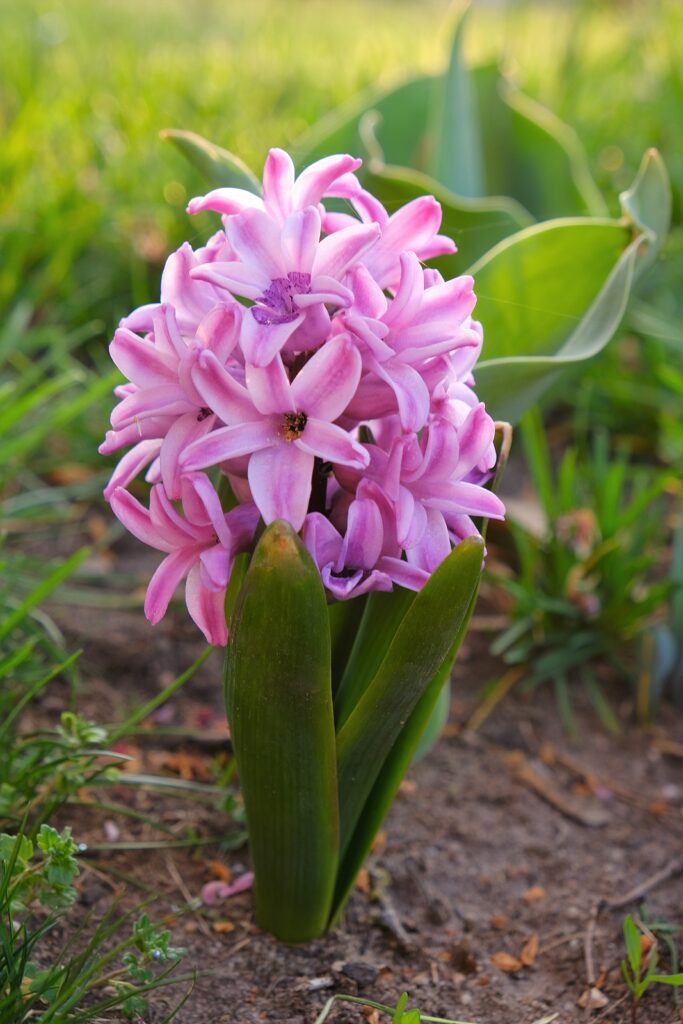
Get to know Hyacinth – Hyacinthus
- Plant type: Hardy spring-blooming bulbs
- Growing Zones and range: 3-11; perennial in Zones 3-7; annual in Zones 7-11
- Hardiness: Half-hardy; requires chilling in winter
- Height and width: 12 to 18 inches (30-45cm) tall, 8 to 10 inches (20-25cm) wide
- Flowers: Fat, cylindrical spires about 10 inches (25cm) tall; composed of tubular-bell-shaped single or double flowers ¾ to 1½ inches across
- Bloom time: Spring
- Uses: Bed or border edge, container, indoors, deer-resistant
- Botanical name: Hyacinthus orientalis
- Common name: Hyacinth
Where to plant Hyacinth – Hyacinthus
- Plant hyacinth in full sun; dappled shade or light shade under trees is best in warm spring regions.
- Grow hyacinth in humus-rich, very well-drained soil that is acidic to neutral.
- Hyacinths prefer a soil pH of 6.5 to 7.5.
When to plant Hyacinth – Hyacinthus
- Plant hyacinth in mid-autumn in Zones 3-7; work compost into the soil at planting time. In Zones 8-11, chill bubs in the refrigerator for 6 to 8 weeks before planting outdoors.
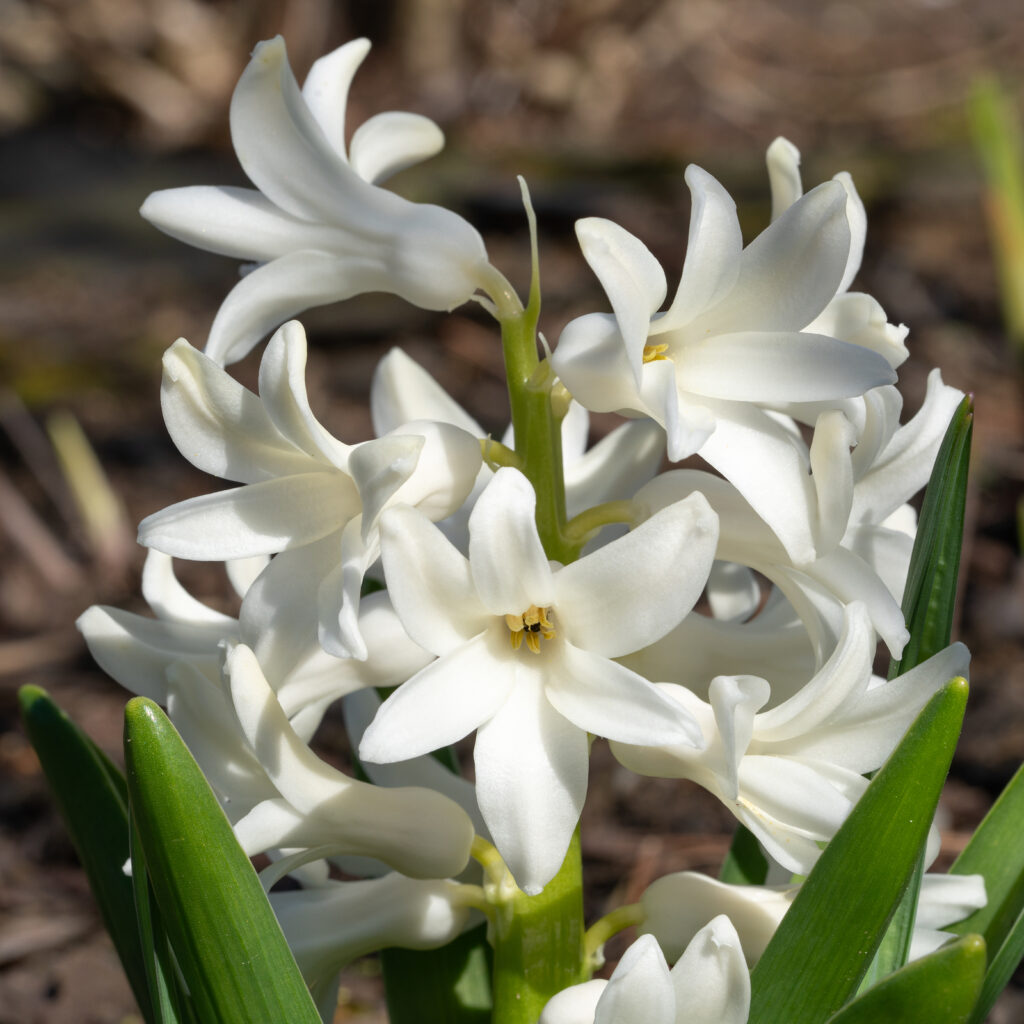
Planting and spacing Hyacinth – Hyacinthus
- Space hyacinth 8 to 9 inches (20-22cm) deep.
- Plant bulbs 6 inches (15cm) deep.
How to water and feed Hyacinth – Hyacinthus
- Hyacinths need ample water; keep the soil evenly moist.
- Decrease water after the foliage turns yellow.
- Add a cup of bonemeal or bulb fertilizer to the soil at planting time. Fertilize again after flowering.
Hyacinth – Hyacinthus care
- Mulch over hyacinths for winter protection in Zones 3-4.
- Stake double-flowered and large plants that are top-heavy.
- Remove spent flowers immediately.
- After blooming, allow foliage to brown; this allows bulbs to store energy for the next season. Hyacinths will return for several years.
- Remove foliage when it easily pulls away from the plant.
- Protect hyacinths in winter by covering bulbs with evergreen branches or mulch with chopped leaves. Pull back mulch in spring after the last heavy frost so that shoots can emerge.
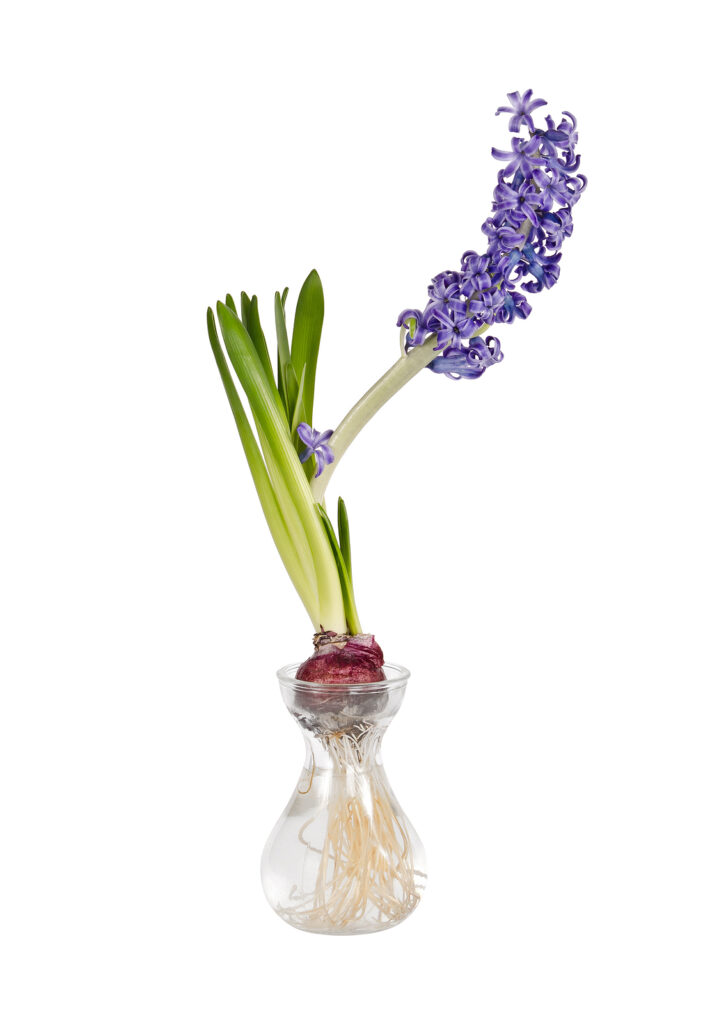
Forcing Hyacinth – Hyacinthus indoors
- Prechill bulbs for forcing. Place the bulbs in a paper bag in a refrigerator for 6 to 8 weeks.
- Prechilled bulbs can be forced in a glass of water; suspend the bulb so that the roots stay wet and the top of the bulb stays dry; use a pinched neck hyacinth glass. Change the water weekly.
- To grow hyacinths in soil, fill a pot with sandy soil; plant the bulbs covering the tops with soil. Keep the pot where the temperature is between 40° and 50°F (4.4-10°C) for 6 to 8 weeks. Then bring them into a cool room at 50°F for several weeks. Move them into a warmer room when the foliage is 4 to 6 inches (10-15cm) tall. Blooms will follow rapidly.
- After flowering blooms can be discarded or planted outdoors for blooming the next year.
Hyacinth – Hyacinthus propagation
- Remove offsets from a bulb that has just finished blooming when it goes dormant in spring.
- Bulblets can be increased by scoring an X across the bottom (flat end) of each bulb when it is planted in autumn.
- Plants can be dug up and pulled apart when the foliage yellows after re-flowering; replant these in fresh soil.
Hyacinth – Hyacinthus varieties to grow
- There are many cultivars in various colors.
- Hyacinthus orientalis, Dutch hyacinth, is the most commonly planted in gardens. The larger the bulbs, the larger the flower; the largest flowers are about 2.5 inches or more in circumference. Colors include white, deep blue, pale yellow, peachy orange, rose-red, soft salmon, deep pink, and pale pink,
- H. orientalis var. albulus, Roman hyacinth, is smaller with flowers in white or blue shades.




